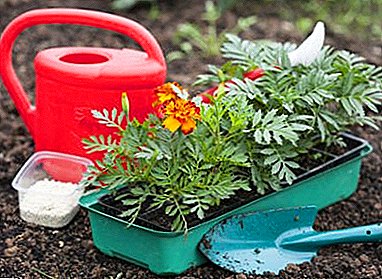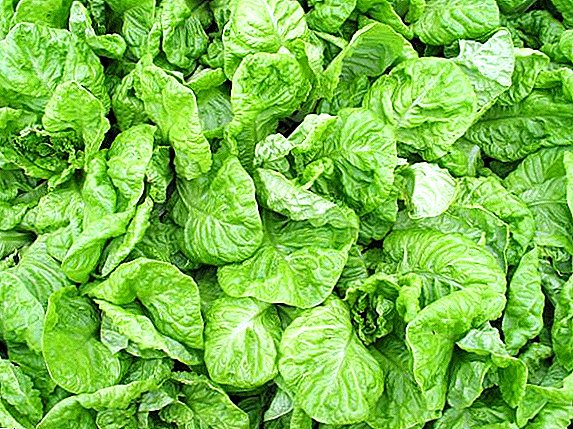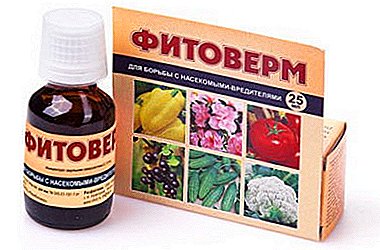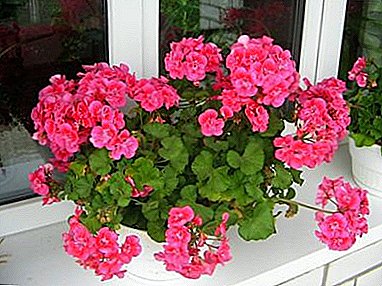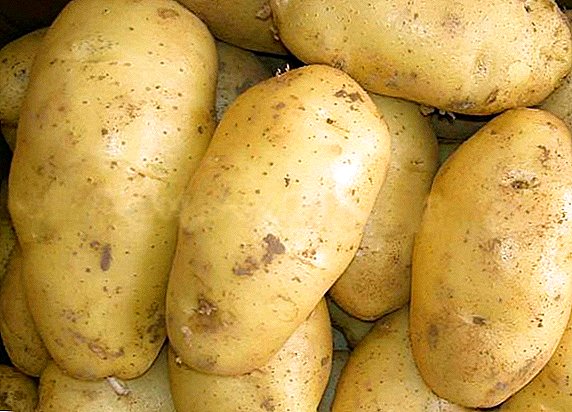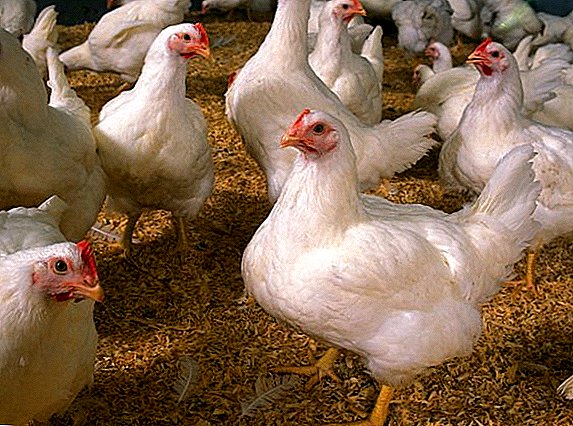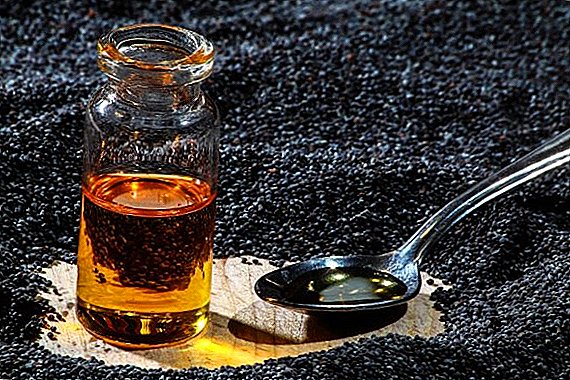 Weeds bring a lot of trouble to gardeners and gardeners, especially if we do not constantly weed. If your site or part of the territory is overgrown with weeds, then you can not do without chemicals.
Weeds bring a lot of trouble to gardeners and gardeners, especially if we do not constantly weed. If your site or part of the territory is overgrown with weeds, then you can not do without chemicals.
The question arises: how to treat the garden from weeds? There are many chemical agents for weed and grass destruction. They are called herbicides. A special place among them is Roundup.
It is a universal herbicide of continuous action, that is, affects all types of weeds (annual, perennial) and also destroys cultivated plants when they fall on them.
The benefits of the drug from weeds Roundup
Consider the advantages of using Roundup compared to other herbicides:
- minimizes the number of mechanical treatments of the soil;
- fights perennial dicotyledonous, annual and cereal weeds;
- good effect on creeping wheat grass, sorrel and mint;
- due to the high rate of decomposition in the soil for safe compounds, it is one of the safest herbicides with a hazard class of 3;
- does not interfere with germination of seeds of cultivated plants;
- does not affect weeds through the soil;
- keeps soil moisture;
- it is used as a drying of cultivated plants before harvesting, which allows improving the quality of fruits and seeds. Due to low humidity, crop storage conditions are improved.

Did you know? Previously, herbicides have been used to destroy marijuana and coca plantations.
The mechanism of action of the herbicide Roundup
Consider how the drug Roundup and when to treat them to your garden. Active ingredient of this drug is glyphosate. After tillage by spraying Roundup through the leaves and shoots penetrates inside plants about after 4-6 hours.
If it is necessary to process woody plants, the penetration time will be longer. In plant tissues Roundup moves to areas of active growth. These include young shoots and leaves, roots, interstices of cereals.
 This drug by suppressing the enzyme EPSPS conducts the destruction of chloroplasts, impairs photosynthesis, plant respiration. As a result, plant growth slows down, the leaves turn yellow, and the plant dies.
This drug by suppressing the enzyme EPSPS conducts the destruction of chloroplasts, impairs photosynthesis, plant respiration. As a result, plant growth slows down, the leaves turn yellow, and the plant dies.
First signs of action drug can observe through 3-4 days after spraying. Fully perish weeds through 5-10 days. The maximum period of exposure is 30 days. The duration of this period depends on the weather and plant varieties.
How to handle a plot
Usually the drug is used in the spring before sowing, before the emergence of crop plants or in the fall in the post-harvest period. Before use, you must carefully read the instructions and find out all the details of the application.
Spraying should be carried out in dry weather. Rain wash the drug from the leaves. There will be no harm from this, but you will not be able to achieve the desired result. In hot and dry weather, it is recommended to use the drug in the morning or evening.
Important! A layer of dust that covers the leaves can make it difficult for the drug to enter the plant. Therefore, treatment in such cases should be postponed and carried out after rain.
 Also, abundant dew can significantly reduce the concentration of the working solution. This will reduce the effects of the drug. Keep this in mind.
Also, abundant dew can significantly reduce the concentration of the working solution. This will reduce the effects of the drug. Keep this in mind.Although Roundup is a safe herbicide, but before processing It is necessary to protect the skin and respiratory tract from getting the drug.
Roundup is of low toxicity to beneficial insects and bees, since humans and animals do not have an enzyme that is blocked by this drug.
After preparation of the working solution, it is necessary to immediately begin spraying.
Important! Preparation of the working solution is best carried out directly in the spray. Use minimum spray pressure.If you have to process fruit, citrus trees or vineyards, then processing should be carried out under the condition of crop protection. To do this, wrap the tree trunk with plastic wrap or other material.
Weeds on the plot with potatoes need to be sprayed 2-5 days before germination. For 5-7 days after processing, do not perform any mechanical work on the treated area. Shrubs are easier to kill with Roundup in the second half of summer.
The consumption rates of funds from weeds
Following the instructions 80 ml of Roundup is dissolved in 10 l of pure water. Calculate the required amount of working solution based on the ratio 5 liters of solution per 100 m plot2.
To combat dicotyledonous and perennial plants, the drug concentration is increased to 120 ml per 10 l of water. For the treatment of the plot with planted potatoes, 40-60 ml of Roundup per 10 liters of water are used. 
Did you know? In the Amazonian forests there are areas called the Devil's Gardens. Lemon ants kill all kinds of plants, except one - Durola hirsute. They injected formic acid, that is, act on the principle of herbicides.
How quickly Roundup decomposes
Since this drug gets into the depths of the plant through the leaves, hitting it on the soil is not dangerous, does not affect the seeds and does not prevent their germination. Getting into the soil, Roundup under the influence of metal ions disintegrates and loses its activity.
For natural substances (water, carbon dioxide, ammonia, etc.) the drug is decomposed using soil microorganisms. Half-life depends on the activity of microorganisms and lasts up to 18-45 days.
The analogues of Roundup include the herbicide Tornado, the herbicide Helios. Analogs have the same active ingredient, but are usually slightly cheaper.



